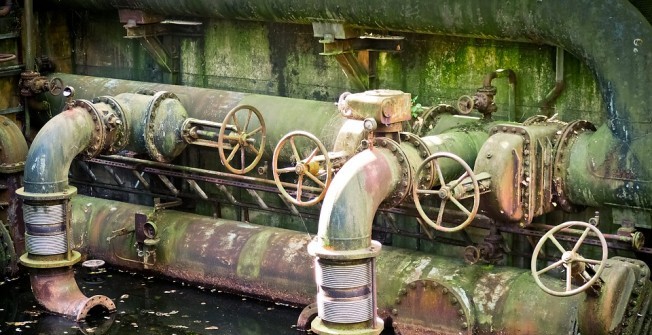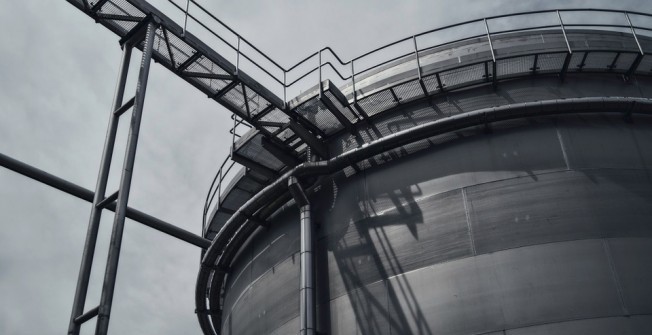


All discharges both to ground and water, from septic tanks and sewage treatment plants, either new or existing, will have to be registered with the Environment Agency under the new EPP2 regulations (6th April, 2010). Septic Tank Regulations discharges to watercourse will be refused. Only plants with the EN 12566-3 will be accepted for the 'exemption'.
The Septic Tank Regulations European Standard EN 12566-3 Small waste water treatment systems Sewage Treatment Plant manufacturers now have to send their units to the Continent to be tested and certified for both tank and process performance over a period of 38 weeks. They come away with the EN 12566-3 2005+A1 2009 Certificate, which also allows them to be CE marked. CE marking for all construction products became mandatory on 1st July 2013. Without an EN Certificate, no sewage treatment plant or septic tank conversion unit can be CE marked and is illegal for sale in the UK, though some rogue manufacturers are still selling them to the unwary public. It also cannot be accepted by the Environment Agency under the new general Binding Rules.
So anyone reading this with a septic tank needs to be aware which they need to upgrade. All septic tanks that currently discharge into watercourses will have to do one of the following to meet the new regulations :
New rules came into force on 1 January 2015. If your system was installed and discharging before 31 December 2014 you have an ‘existing discharge’. If your system was installed and discharging http://www.septictank.org.uk/emptying/[link] on or after 1 January 2015 you have a ‘new discharge’.
You must use a small sewage treatment plant to treat the sewage if you’re discharging to a surface water such as a river or stream. A small sewage treatment plant (also known as a package treatment plant) uses mechanical parts to treat the liquid so it’s clean enough to go into a river or stream.
Discharges from septic tanks directly to a surface water are not allowed under the general binding rules. If you have a septic tank that discharges directly to a surface water you will need to replace or upgrade your treatment system by 1 January 2020, or when you sell your property if before this date. If you want to have some pricing and quotation to upgrade your septic tank then please complete the contact box for further details.
If the Environment Agency finds evidence that your septic tank discharging to a surface water is causing pollution, you will need to replace or upgrade your system earlier than 1 January 2020. You will usually have to do this within 1 year, although this will be agreed on a case-by-case basis.
Your treatment system must meet the relevant British Standard which was in force at the time of installation. The standards currently in force for new systems are:
Your treatment plant met the British Standard in place at the time of installation if:
You can also ask the company that installed your equipment to confirm that it complies with the British Standard that was in place at the time the equipment was installed. If there were no British Standards in place when your treatment system was installed (that is before 1983) you do not need to do anything else to meet this requirement.
If your home is not attached to a municipal sewer plant, then you likely have a septic system to collect your wastewater, then treat and dispose of it. This type of system requires a septic tank along with a soil absorption system that are installed underground. It can be tough for homeowners to predict what the cost to install a septic tank will be, they just know it's something that they have to do. Your first step should be to contact a reputable professional who can help you determine what will work best for you home and who can tell you what your particular project will cost. Once you've talked to a professional, the cost to install a septic tank http://www.septictank.org.uk/ will mostly depend on the type of tank you choose as well as your professional. If you want to have some prices and quotes to upgrade your septic tank then please complete the contact form for further information.
If your property does not drain to the mains you need to be aware of a legal obligation to upgrade which might affect you. The general binding rules were published in June 2015 and circulated for various reasons with a whisper rather than a roar. These rules affect the “operator” of a septic tank or sewage treatment plant and depending on the terms of your lease, if applicable, this could be either owner or tenant. If you drain into a septic tank shared with neighbours then each of you is an operator and you must jointly comply with the general binding rules.
Any new septic tank or sewage treatment unit must have both planning permission and building regulations approval. If it’s been installed since 1 January 2015 and you didn’t get these permissions then you should apply retrospectively for them both. If your property is within 30 metres of a mains sewer the Environment Agency will require you to connect to the mains instead of installing a sewage treatment unit; developers building more than one property must multiply the 30m by the number of dwellings. There are special rules for non-standard systems, for example reed beds, and in those cases you should contact the Environment Agency to find out what your obligations are.
Once sewage has been treated in a septic tank or sewage treatment unit, clean (ish) water will be released and must go somewhere. From 1 January 2020 if your waste discharges directly to a river or stream from a septic tank, your apparatus must be updated to take in a small sewage treatment plant or make some other arrangements. But don’t sit back and wait – if before that date it’s actually polluting, the Environment Agency will require you to upgrade earlier. The new treatment system must meet the relevant British Standard which was in force at the time of installation, though curiously to me if your system pre-dates the British Standards (pre 1986) then you can leave well alone.
The keyword here is ‘directly’. Septic tanks regulations aren’t pretty or clever but they do the job they were designed for without too much fuss. If the cleanish water discharges directly into the watercourse you’re going to have to upgrade, but if it discharges through a drainage field/infiltration system then you may be OK to leave it be. If your system doesn’t meet the general binding rules then you’ll need a permit – formerly called a consent to discharge – there will be a fee and a 13 week wait for your decision. There are additional rules where the discharge is in various types of sensitive areas which will be a relief to anyone particularly fond of shellfish.
The problem that operators may face with compliance of course is when the septic tanks or sewage treatment unit lies on land that does not belong to the operator – which is far from unusual. Will the operator’s deeds contain the correct easements? The right to use drains and run to a septic tank does not automatically give the right to lay electricity cables to upgrade the septic tank to something that runs on electricity. Negotiation of easements and the legal work involved may be a more expensive exercise than installing new apparatus. If you are looking at collaborating with neighbours because your sewage arrangements are shared then a layer of potential for disagreement is added to the mix.
It seems to me that these rules are a bit like the Government‘s efforts to get the motor industry to get the dirty old bangers off the road in favour of safer and greener models but with a crucial difference; the motor industry is highly regulated and vehicle ownership is documented, computerised and known. Enforcement provisions exist but how the Environment Agency will track down the remote dwellings with decades old septic tanks isn’t known.